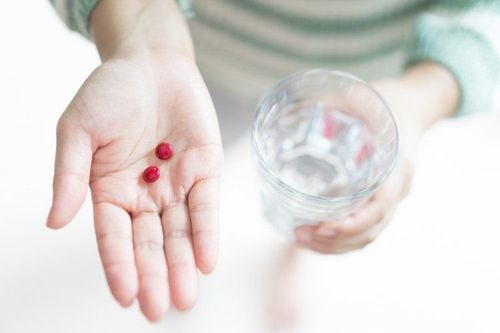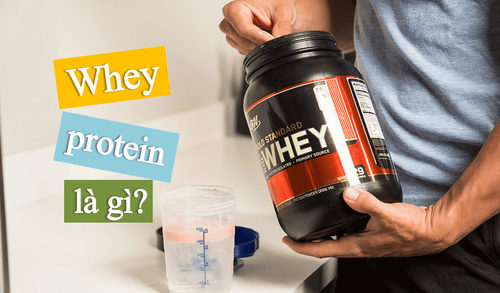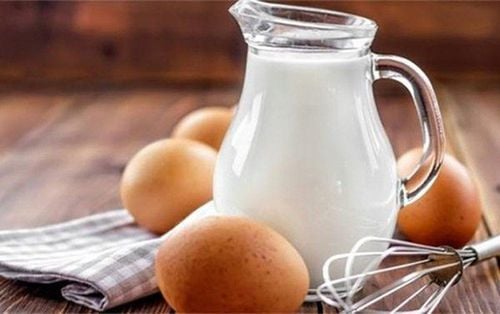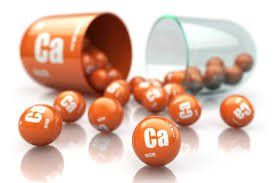This is an automatically translated article.
Protein plays an important role in maintaining the vital activities of the body, especially in keeping the muscles strong. Protein supplied to the body must be just enough, avoiding excess harmful to health.1. The role of protein
As we age, energy consumption (calories) is a matter of concern. Protein is important because it helps strengthen muscles. Provide protein from a variety of food sources to help maintain strong muscles and balance with other nutrients.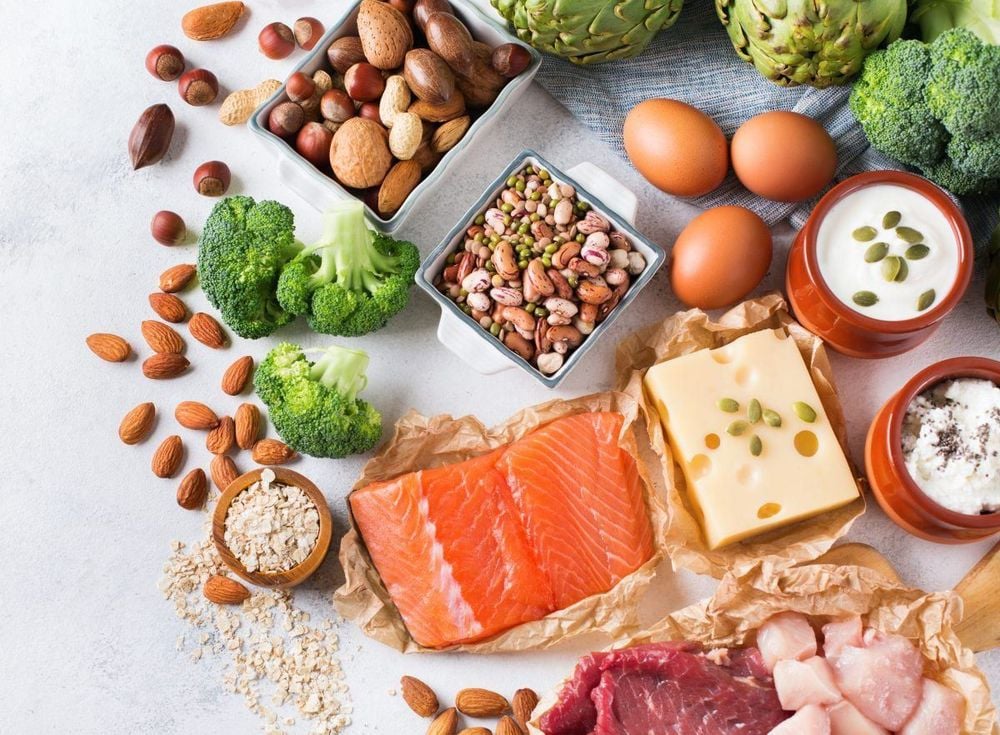
2. Protein content needed by the body
A woman's body needs 46 grams of protein per day, depending on her age and daily physical activity level. Men need more, at about 56 grams of protein per day. As people get older, the body needs more protein to stay healthy. In some special cases, such as kidney disease, the body needs less protein. Eating protein-rich foods keeps you full longer, which in turn can help limit your intake of high-calorie foods.Trắc nghiệm: Muối trong thực phẩm, natri, huyết áp và sức khỏe của bạn
Muối, natri là chất khoáng cần thiết cho cơ thể để duy trì hoạt động ổn định. Tuy nhiên, chế độ ăn thừa muối có nguy cơ cao dẫn tới các vấn đề sức khỏe nghiêm trọng. Cùng làm bài trắc nghiệm sau đây để hiểu hơn về những ảnh hưởng của các khoáng chất này tới huyết áp và sức khỏe bạn thế nào nhé.
Nguồn tham khảo: webmd.com
3. Poultry and eggs
Choose lean poultry like skinless chicken breast or turkey cutlets. 3 ounces of grilled chicken breast provides 25 grams of protein, more than half the amount of protein you need each day. One large egg provides about 6 grams of protein. Studies show that eating one egg a day does not increase the risk of cardiovascular diseases. However, in case you have high cholesterol, heart disease or diabetes, you should see your doctor or dietitian for advice on the amount of cholesterol-rich foods can be. used, in which typically eggs.4. Seafood
Besides being rich in protein, seafood is also low in saturated fat, rich in omega-3 fats and nutrients that help protect the heart. 3 ounces salmon steak has about 17 grams of protein. Other heart-healthy, protein-rich food options include tuna, sardines, and salmon. You should eat seafood with a content of about 4 ounces, 2 times a week.5. Dairy products
Dairy foods are rich in protein ingredients that play a role in muscle growth. They also lower blood pressure and reduce the risk of diabetes. One glass of skim milk contains 8 grams of protein. If you want a larger amount of protein, you can opt for fat-free yogurt, which has 18 - 20 grams of protein. You can eat low-fat and fat-free dairy foods 3 times a day. The older you get, the more likely you are to develop lactose intolerance. Therefore, you should consider using lactose-free milks.6. Soybeans
Soybeans contain a lot of protein. You can eat chickpeas, drink soy milk, use soy sauce (miso) in sauces and soups or eat meat with tofu. One cup of soy milk provides 29 grams of protein, more than the amount found in 3 ounces of steak. Soy milk has a protein content comparable to that of regular dairy products. If you are on hormone therapy and have breast cancer, consult your doctor before using soy and its products.7. Vegetables and beans
Protein can also be supplied to the body from plant sources such as vegetables and beans. Beans, including red and black beans, have up to 15 grams of protein per cup. One cup of cooked peas contains 9 grams of protein. One baked potato contains 4 grams of protein.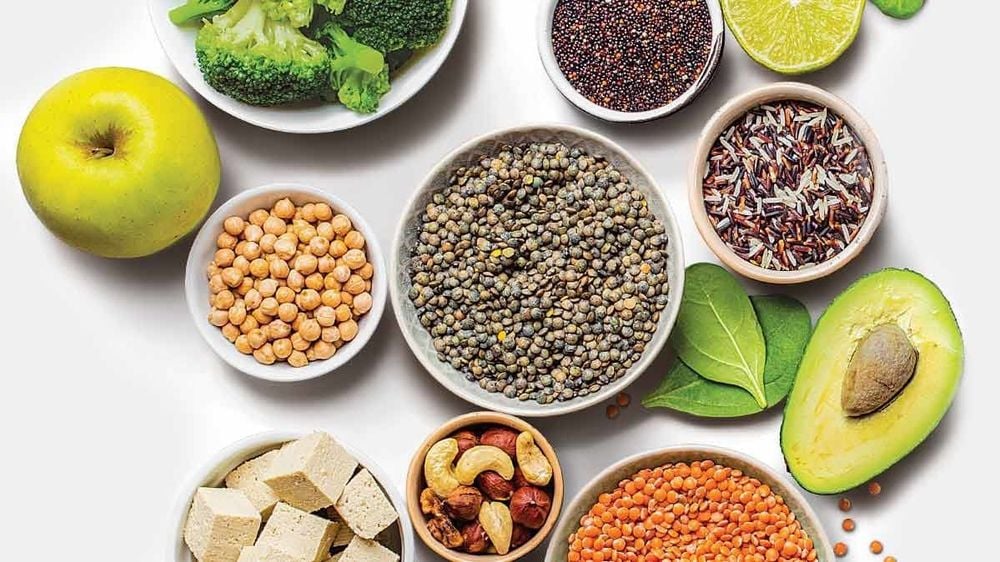
8. Protein-rich drinks
Protein that comes from whole foods is always the best choice. However, due to a few reasons such as you are on a diet, eating protein powders, protein bars and other functional products, they do not provide enough protein content the body needs. You can choose protein-rich drinks to add more protein to your body such as fat-free yogurt, soy milk, skimmed milk and juice. If you want more, you can add a tablespoon of peanut butter, but pay attention to control the amount of calories in the body.9. Nuts and seeds
Get 8 grams of protein from 1/2 ounce of pumpkin or sunflower seeds, nuts (12 almonds, 24 pistachios or 7 walnuts), or 2 tablespoons peanut butter. Eating nuts several times a week reduces the risk of cardiovascular disease. Add nuts to salads and steamed, boiled vegetables. Since nuts and seeds are high in calories, eat no more than 1/2 ounce per day.10. Red meat
Beef, pork and lamb contain a lot of protein, but they also contain a lot of fat and cholesterol that clogs arteries. Therefore, you should choose lean cuts of meat such as sirloin and ground beef, which contain up to 5% fat. You should not eat red meat often. Instead, you should eat more poultry and fish. A 3-ounce serving of meat contains about 22 grams of protein.Please dial HOTLINE for more information or register for an appointment HERE. Download MyVinmec app to make appointments faster and to manage your bookings easily.
Reference source: Webmd.com





